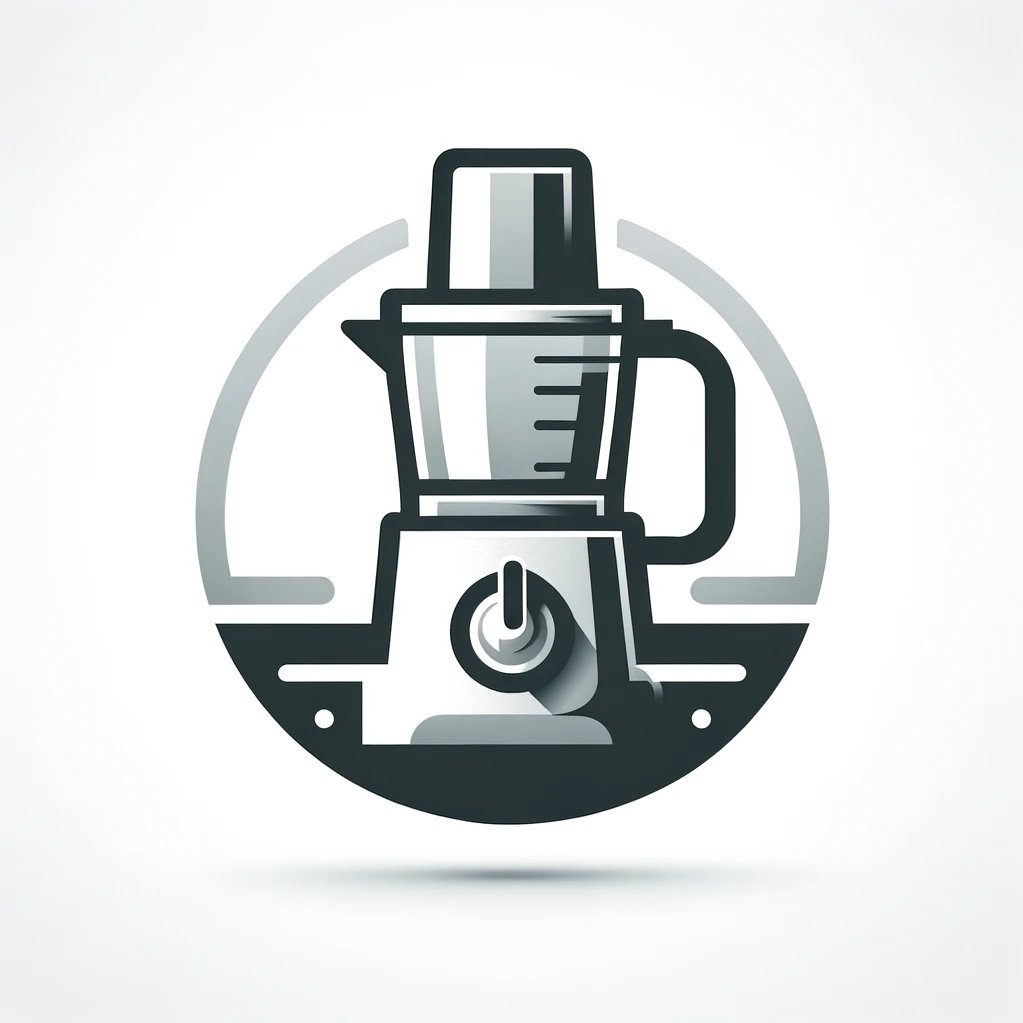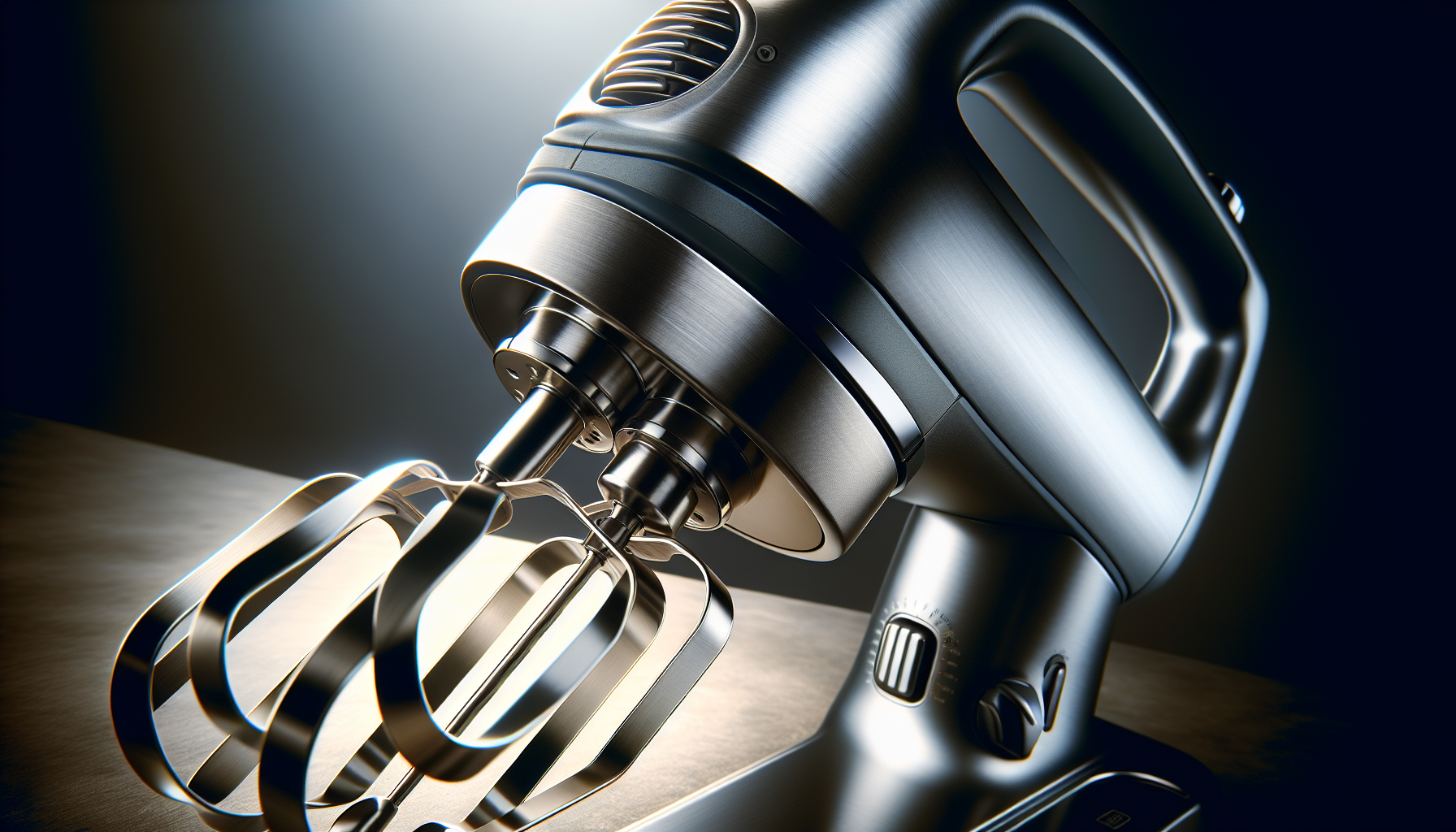Have you ever found yourself in the middle of a recipe, only to realize that you don’t have the necessary kitchen appliance? Specifically, have you wondered if you can use a hand mixer instead of a food processor? Well, wonder no more! In this article, we will explore whether it’s possible to substitute a hand mixer for a food processor and provide some helpful tips to make your cooking adventures a breeze.
Can You Use A Hand Mixer Instead Of Food Processor?
If you’ve ever found yourself in the middle of a recipe, only to realize that you don’t have a food processor, you may be wondering if you can use a hand mixer as a substitute. While both appliances are designed to mix ingredients, they have different functions and features that make them better suited for specific tasks. In this article, we will compare the hand mixer and the food processor, explore their functions and features, discuss when you can use a hand mixer instead of a food processor, and provide some expert recommendations. So, let’s dive in!
CHECK OUT FOOD PROCESSORS AND VEGETABLE CHOPPERS ON AMAZON
Comparison of Hand Mixer and Food Processor
Before we delve into the details, let’s compare the hand mixer and the food processor to understand their main differences.
A hand mixer is a versatile kitchen appliance that is primarily used for mixing, whisking, and beating ingredients. It usually consists of two removable beaters that rotate to blend the ingredients together. On the other hand, a food processor is a more powerful appliance that is specifically designed for chopping, slicing, shredding, and pureeing ingredients. It typically comes with different blades and attachments to tackle various tasks.
CHECK OUT FOOD PROCESSORS AND VEGETABLE CHOPPERS ON AMAZON
Functions and Features of a Hand Mixer
The primary function of a hand mixer is to combine ingredients smoothly and incorporate air into the mixture. It is perfect for whipping cream, beating eggs, mixing batters, and preparing frostings. With multiple speed settings, you can control the consistency of your mixture and achieve precise results. Some hand mixers also come with additional attachments like dough hooks and whisks to cater to various recipes.
One of the advantages of a hand mixer is its compact size and portability. It requires less storage space and can be easily carried around, making it a great option for small kitchens or those who enjoy baking on the go. Cleaning a hand mixer is also a breeze, as most beaters and attachments can be detached and cleaned separately.
Functions and Features of a Food Processor
A food processor, on the other hand, is a larger and more powerful kitchen appliance that can handle a wide range of culinary tasks. It excels at chopping, slicing, shredding, and pureeing ingredients with its sharp blades and high-speed motor. Whether you want to make fresh salsa, grind meat, knead dough, or prepare nut butter, a food processor is your go-to device.
Food processors typically come with various interchangeable blades and discs, allowing you to achieve different textures and consistencies. They have a larger capacity than hand mixers, making them perfect for preparing large batches of food. However, their size and weight can be a drawback if you have limited counter space or prefer a more portable appliance.
Using a Hand Mixer as a Substitute for a Food Processor
While a hand mixer and a food processor have their distinct functions, there are certain scenarios where you can use a hand mixer instead of a food processor. For instance, if you need to quickly puree soft ingredients like cooked vegetables or fruits, a hand mixer can achieve a similar result. Simply place the ingredients in a deep bowl, insert the beaters, and mix until you reach the desired consistency.
Hand mixers are also capable of crushing cookies or crackers for crusts and toppings. By placing the cookies in a plastic bag and using the beaters on a low speed, you can easily achieve a crumb-like texture. Similarly, if you need to chop nuts or blend small amounts of ingredients, a hand mixer can get the job done, although it may require more time and effort than a food processor.
Advantages of Using a Hand Mixer Instead of a Food Processor
Using a hand mixer instead of a food processor brings several advantages. The primary advantage is cost-effectiveness. Hand mixers are generally more affordable than food processors, making them a budget-friendly option for those who want to tackle basic mixing and blending tasks without investing in a higher-end appliance.
Another advantage is the lightweight and maneuverable design of hand mixers. They are easier to handle and control, especially when you’re working with small quantities or delicate ingredients. The beaters’ rotating motion ensures that the ingredients are evenly mixed, creating a smooth and consistent texture.
Furthermore, using a hand mixer also allows you to have more control over the final result. With multiple speed settings, you can adjust the mixing speed to suit the recipe requirements. This level of precision can be particularly helpful when making delicate desserts or incorporating ingredients that require gentle blending.
Disadvantages of Using a Hand Mixer Instead of a Food Processor
While a hand mixer can be a handy substitute for certain tasks, it does have some limitations compared to a food processor. The main disadvantage is its limited capacity. Hand mixers are designed for smaller quantities, and if you’re working with large volumes or thick mixtures, it can be challenging to get the desired consistency.
Hand mixers’s inability to chop or slice ingredients is another drawback. If your recipe calls for finely chopped vegetables or shredded cheese, a food processor is the superior choice. It can handle these tasks effortlessly, saving you time and effort.
Additionally, a hand mixer may not be suitable for recipes that require kneading dough, such as bread or pizza dough. While some hand mixers come with dough hooks, they are not as powerful as the motor in a food processor, which is specifically built to handle tough, elastic dough.
Recipes that Can Be Made Using a Hand Mixer
Despite its limitations, a hand mixer is capable of preparing a wide range of recipes. Here are some examples:
-
Whipped Cream: With its ability to incorporate air into ingredients, a hand mixer is ideal for creating fluffy and light whipped cream. Simply pour cold cream into a chilled bowl, add sugar and vanilla extract, then whisk on medium-high speed until stiff peaks form.
-
Cake Batters: Hand mixers make quick work of mixing and blending cake batters. From classic vanilla to rich chocolate, you can easily achieve a smooth and well-incorporated batter using a hand mixer. Be sure to scrape the sides of the bowl periodically to ensure even mixing.
-
Pancake Batter: Who doesn’t love pancakes for breakfast? With a hand mixer, you can effortlessly blend the pancake batter, ensuring a perfectly smooth consistency. Make sure not to overmix the batter to avoid a tough texture.
Recipes that Require a Food Processor
While a hand mixer can handle a variety of tasks, there are certain recipes that truly benefit from using a food processor. Here are a few examples:
-
Hummus: Achieving that creamy, smooth texture for your homemade hummus is much easier with a food processor. It ensures that the chickpeas, garlic, tahini, and olive oil are blended to perfection.
-
Pie Crust: A flaky and tender pie crust requires cold butter to be cut into the flour until it resembles coarse crumbs. This task is best accomplished with a food processor, as it guarantees an even distribution of the butter throughout the dough.
-
Nut Butter: Whether you prefer almond butter, peanut butter, or cashew butter, making it at home is a breeze with a food processor. The powerful motor and sharp blades effortlessly grind the nuts into a smooth and creamy spread.
Expert Recommendations for Using a Hand Mixer Instead of a Food Processor
If you find yourself in a situation where you need to use a hand mixer as a substitute for a food processor, here are some expert recommendations that can help:
-
Start with small batches: Since hand mixers have limited capacity, it’s best to work with smaller quantities of ingredients. This allows for more effective mixing and control.
-
Be patient: While a hand mixer may take more time and effort for tasks that a food processor excels at, don’t rush the process. Take breaks if needed and ensure that the ingredients are evenly mixed or blended.
-
Use the right attachments: Some hand mixers come with additional attachments like dough hooks or whisks. Make use of these attachments to tackle different tasks efficiently.
Conclusion
In conclusion, while a hand mixer can be a suitable substitute for certain tasks, it cannot entirely replace a food processor. Both appliances have their unique functions and features that make them valuable in the kitchen. If you primarily need to mix, whisk, and beat ingredients, a hand mixer is the perfect tool. However, if you frequently find yourself chopping, slicing, shredding, or pureeing ingredients, investing in a food processor is highly recommended. By understanding the strengths and limitations of each appliance, you can make informed decisions when it comes to cooking and baking, ensuring delightful results every time. So keep that hand mixer handy for those quick mixing tasks, but also consider the versatility a food processor can bring to your culinary adventures!

